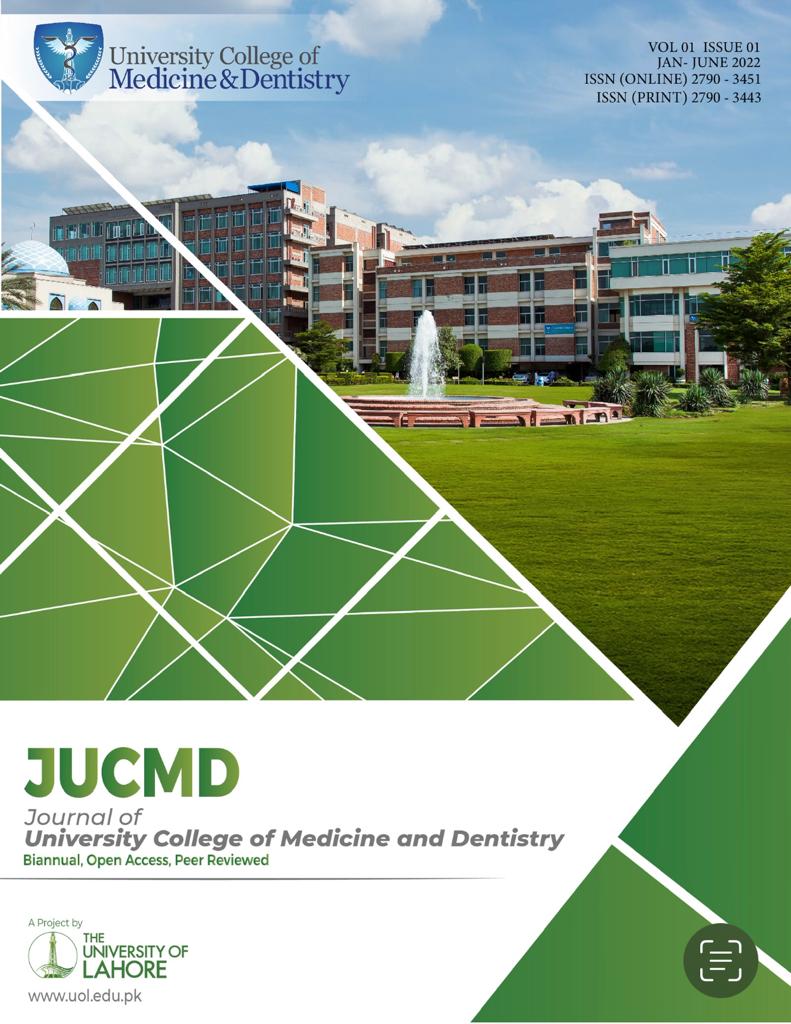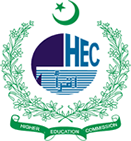Causes of Mortality in Preterm Neonates Admitted in a Tertiary care Hospital in Sahiwal, Punjab - A Retrospective Study.
DOI:
https://doi.org/10.51846/jucmd.v1i1.1441Keywords:
Neonatal mortality, Preterm Neonates, Sepsis, Respiratory Distress, Primary HealthcareAbstract
Objective: To find out the factors causing mortality in preterm neonates admitted at a tertiary care hospital in Sahiwal, Punjab.
Method: This retrospective study was conducted in the Pediatric unit of Sahiwal Teaching Hospital, Sahiwal, Punjab, from January to September, 2021. Out of 1256 neonates, including 586 preterm, only those 105 preterm neonates were included in the study who had expired within one month of their stay, were less than 33 weeks of age and had less than 2500 grams birth weight. Their data was analyzed for age and weight at the time of admission, sex, duration of stay and cause of admission. The record of their clinical and radiological investigations was retrieved to know the causes of mortality.
Results
More than half of the deaths amongst 105 preterm neonates were unavoidable and occurred within first 48 hours of hospitalization due to their critical condition at the time of admission. Out of the total deaths, 46 (43.80%) were due to sepsis, 24 (22.85%) were due to birth asphyxia, 24 (22.85%) were due to respiratory distress, 8 (7.61%) were due to neonatal jaundice and 3 (2.85%) deaths had no definite cause.
Conclusion: Neonatal infections are the leading cause of death, followed by birth asphyxia and respiratory distress in the government hospitals of Pakistan. Although the government has made tremendous efforts in the recent years to upgrade the prenatal health services, there is need to further educate the masses and enhance the reach and quality of primary health care services in the district and rural areas of the country.
Downloads
Published
How to Cite
Issue
Section
License
Authors retain copyright and grant the journal right of first publication with the work simultaneously licensed under a Creative Commons Attribution 4.0 International License that allows others to share the work with an acknowledgment of the work's authorship and initial publication in this journal.
Authors are able to enter into separate, additional contractual arrangements for the non-exclusive distribution of the journal's published version of the work (e.g., post it to an institutional repository, in a journal or publish it in a book), with an acknowledgment of its initial publication in this journal.
Authors are permitted and encouraged to post their work online (e.g., in institutional repositories or on their website) prior to and during the submission process.







